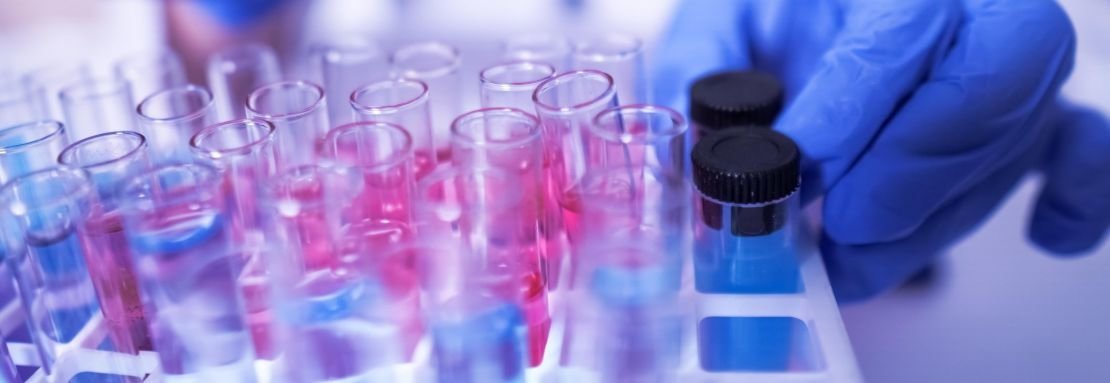
Innovation & Sustainability
Award for developers of CRISPR/Cas9 genetic scissors
It all started with a study of a primitive immune system in bacteria, and ended with the highest scientific award: Emmanuelle Charpentier and Jennifer A. Doudna received the Nobel Prize in Chemistry for the development of CRISPR/Cas9, the sharpest tool for gene surgery.
19.02.2021
CRISPR/Cas9 is a system that is found in different kinds of bacteria. It consists of clustered regularly interspaced short palindromic repeats of genetic sequences as well as the protein Cas9 (CRISPR associated protein) which can be programmed with short RNA molecules derived from this CRISPR sequence. This turns Cas9 into genetic scissors that can cut DNA very precisely in specific places.
Charpentier and Doudna not only made a material contribution to the understanding of CRISPR/Cas9 as a bacterial defence system against infections, but went an important step further. In a pathbreaking publication in 2012 they showed that the system can be easily programmed to split the genetic material of organisms almost anywhere. Within a few months, this new tool of molecular biology was used by ever more groups of researchers. What was impossible before or only possible with a great deal of effort became accessible with the CRISPR/Cas9 system to researchers all over the world: the targeted and localised modification of the genetic material of living organisms, i.e. genome editing. The CRISPR/Cas9 system proved to be almost universally useful. Technologically, the system was rapidly developed further, making it ever more precise and creating ever more options for targeted genetic modification.
CRISPR/Cas9 as universal gene scissors
The CRISPR/Cas9 process is widely applicable, technically simple, fast and cost-effective for editing the genomes of micro-organisms, animals and plants. Its discovery triggered unprecedented developments in basic research and the practical application of targeted genetic modification. Within a short time this allowed the development of food crops with improved features, such as resistance to disease. In industrial biotechnology, the genetic material of micro-organisms is precisely tailored to allow the production of valuable substances. Genome editing also plays an ever more important role in research into the characteristics of diseases as well as their treatment, e.g. somatic gene therapy for serious diseases such as sickle cell anaemia. Like all new technologies, CRISPR/Cas9 also enables applications that are controversial or unwelcome, and a broad social dialogue is needed here to set up the required parameters.
The development of the CRISPR/Cas9 system also once again underlined the importance of basic research – the work invested in researching a specialised bacterial immune system served as the basis for the development of these almost universally useful genetic scissors. The developers Charpentier and Doudna were well-deservedly awarded the Nobel Prize for their practical contribution to many fields and the benefits to humankind.
